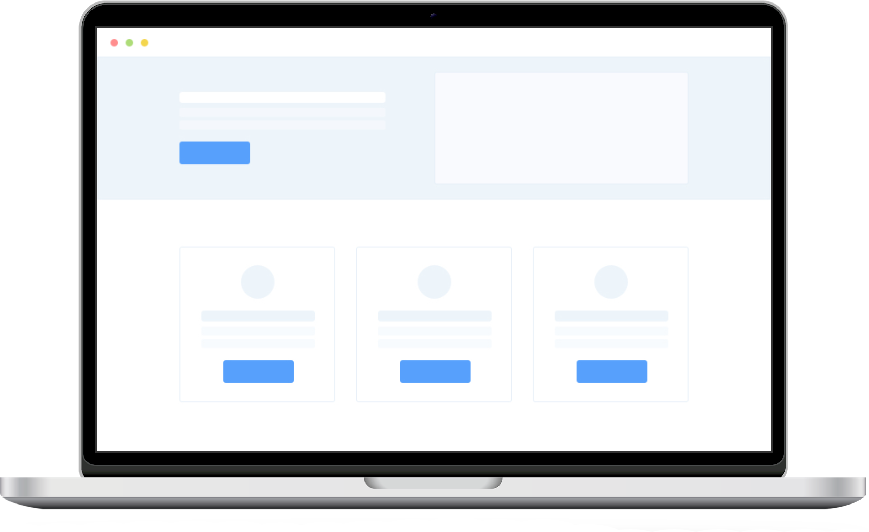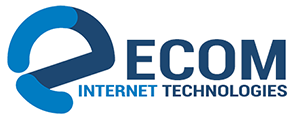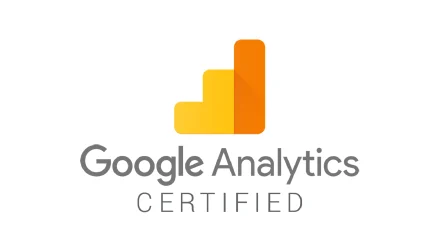Web Development / User (UX/UI) Design
In today’s digital age, having a website for your business has become an essential component of establishing a strong online presence and fostering growth. A website serves as a virtual storefront that operates 24/7, allowing potential customers to learn about your products or services at any time, regardless of geographical limitations or time zones. It acts as a centralized hub where you can showcase your offerings, provide detailed information, and engage with your target audience. Without a website, your business could miss out on a significant portion of potential customers who rely on the internet to search for businesses and make informed decisions before making a purchase.
Moreover, a well-designed and user-friendly website enhances credibility and professionalism. In the eyes of modern consumers, a business without an online presence might appear outdated or less trustworthy. A website not only showcases your products and services but also provides an avenue for customer testimonials, reviews, and case studies, building trust and credibility among visitors. Additionally, a website can offer various communication channels, such as contact forms, live chats, or email addresses, enabling direct interactions with customers and ensuring their inquiries are addressed promptly. Overall, a business website serves as a versatile tool for marketing, customer engagement, and brand establishment, contributing significantly to your business’s success in the competitive digital landscape.
Developing a website involves several key steps to ensure a successful and functional online presence. Here’s an outline of the typical process for a standard website (without ecommerce), and the areas that we can help you in the development of your website.
Planning
- Define the website’s purpose, goals, and target audience.
- Determine the content structure and hierarchy.
- Create a sitemap to outline the website’s pages and navigation flow.
- Choose a domain name (website address) that aligns with your business identity.
Design
- Develop a visual concept and design that reflects your brand’s identity.
- Design the layout, including headers, footers, and page templates.
- Choose color schemes, typography, and visual elements that enhance user experience.
- Create mockups or wireframes to visualize the website’s structure and design.
Content Creation
- Generate or gather high-quality text, images, videos, and other media.
- Optimize content for search engines (SEO) by incorporating relevant keywords.
- Craft compelling and clear calls-to-action (CTAs) to guide visitors toward desired actions.
Development
- Choose a suitable web development platform (e.g., WordPress, Wix, custom development).
- Write HTML, CSS, and possibly JavaScript code to bring the design to life.
- Develop interactive elements, such as forms, buttons, and animations.
- Ensure responsive design to make the website accessible on various devices and screen sizes.
Testing
- Thoroughly test the website’s functionality, compatibility, and responsiveness.
- Identify and fix any bugs, broken links, or layout issues.
- Test across different browsers (e.g., Chrome, Firefox, Safari) and devices (desktop, tablet, mobile).
Optimization
- Optimize images and media for faster loading times.
- Implement on-page SEO techniques to improve search engine rankings.
- Ensure the website complies with web accessibility standards (WCAG) for inclusivity.
Launch
- Choose a reliable web hosting provider and domain registrar.
- Upload the website files to the hosting server.
- Perform final checks to ensure all content and features are working as intended.
Promotion
- Implement analytics tools (e.g., Google Analytics) to track website traffic and user behavior.
- Integrate social media sharing buttons to encourage content sharing.
- Initiate online marketing efforts to drive traffic to the new website.
Maintenance
- Regularly update and add fresh content to keep the website relevant.
- Monitor website performance and security, applying updates as needed.
- Adapt the website to changes in technology and user expectations over time.
Continued Improvement
- Collect feedback from users and analyze their behavior to identify areas for improvement.
- Implement user experience enhancements based on feedback and data analysis.
- Stay informed about industry trends to incorporate new features and technologies.
Remember that the specifics of each step may vary depending on the complexity of your website and the chosen development approach. It’s essential to collaborate closely with designers, developers, and content creators to ensure a seamless and effective website development process.
Are You Looking For Ecommerce Website Development Help?
We understand the critical role that a well-designed and seamlessly functioning website plays in the success of an online business. Our experienced staff can help you design that perfect website.

Ready To Get Started?
Our talented experts are standing by to help you with all of your digital asset needs.






